|
|
|
For some fifteen million years, members of the family of man foraged as animals among animals. Times have changed and the world was still a wilderness 10,000 years ago, without farms or cities or roads. The pace of events has been explosive since then. The entire sequence from the first farming villages, the first sharp break with hunting-gathering, to a world dominated by cities, to the even more highly urbanized landscapes. During this entire period of time, there has been a consciousness of the nature, as the resource pool supporting the human survival. The patterns of such concerns would have taken different forms in different times, depending on the way humans understand and interact with the nature. Nature was thus a topic which each generation was taught by its predecessors and taught its successors |
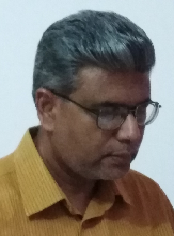 Eng. Chandana Jayawardana |
However, since the late 20th century, the discussions on the topic of nature have been taking some unprecedented turns. The human-nature interaction has been discussed extensively in the international scholar forums and the current level of affairs was critically questioned. One such effort spearheading the list was the assembly known as Club of Rome. Founded in 1968 at Accademia dei Lincei in Rome, the Club of Rome consisted of heads of state, UN bureaucrats, high-level politicians and government officials, diplomats, scientists, economists, and business leaders from several countries. It stimulated considerable public attention in 1972 with its first report, The Limits to Growth. This was a study on the exponential economic and population growth within the conditions of finite supply of resources, aided by computer simulated future trends. The findings of the study were first presented at international gatherings in Moscow and Rio de Janeiro in the summer of 1971.
 |
 |
|
Aurelio Peccei, appointed President of the Club of Rome |
Participants of the Club of Rome |
The findings of the report were, basically, that it is impossible for the population, food production, industrialisation, the exploitation of natural resources and pollution of the environment to continue to experience exponential growth in a closed system like the Earth. The system will collapse sooner or later, and the report forecasted that to occur around the second half of the twenty-first century. The report concluded that to prevent this disaster, a collective commitment would be needed to curb the indiscriminate growth of the economy and achieve global equilibrium.
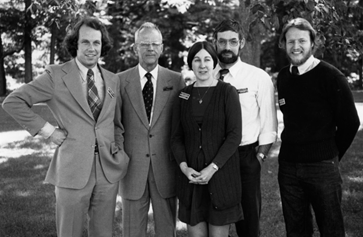 |
 |
|
Jorgen Randers, Donella H Meadows, Dennis S Meadows and William W Behrens III, the authors of The Limits to Growth, among others |
The Limits to Growth |
A year and a half after the report came out, the first oil crisis exploded in concomitance with the Yom Kippur war between Egypt and Israel in October 1973. This seemed to confirm that the excessive exploitation of non-renewable sources was triggering serious problems.
Particularly, the underlying problem of how to reduce poverty in low-income countries through more productive and industrialized economy, without exacerbating the global and local environmental burdens, remained unresolved. Neither high-income countries in the North nor low-income countries in the South were willing to give up the economic development based on growth. However, the resulting environmental threats like pollution, acid rain, deforestation and desertification, the destruction of the ozone layer and the signs of climate change, were impossible to overlook and increasingly unacceptable. There was an undeniable need for a developmental concept that would allow reconciling economic development with environmental protection. Views differed on several questions: were local environmental problems the result of local developments or of a global economic system that forced to destroy their environmental basis? Did environmental burdens result mainly from destructive economic growth-based development or from a lack of economic development and modernization? Would reconciling the economy and the environment require mainly technical means by using more resource-efficient technologies or mainly social and structural changes that would include political decision-making as well as changes in private consumption patterns?
In 1980, a report titled 'World Conservation Strategy of the International Union for the Conservation of Nature' was published by International Union for Conservation of Nature and Natural Resources (IUCN). That was the first report which included a very brief chapter on a concept called 'sustainable development'. It focused on global structural changes and presented a single integrated approach to global problems based on the concepts of helping species and populations, conserving planetary life support systems and maintaining genetic diversity.
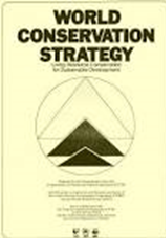 |
|
World Conservation Strategy of the International Union for the Conservation of Nature |
In December 1983, the Secretary-General of the United Nations, Javier Pérez de Cuéllar, asked the former Prime Minister of Norway, Gro Harlem Brundtland, to create an organization to focus on environmental and developmental problems and solutions. This new organization was known as the Brundtland Commission, or more formally, the World Commission on Environment and Development (WCED).
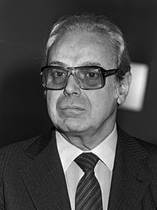 |
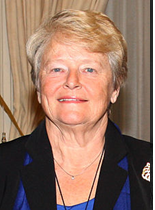 |
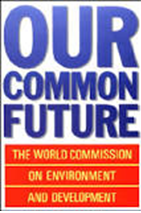 |
|
Secretary-General of the United Nations, Javier Pérez de Cuéllar |
Gro Harlem Brundtland, Prime Minister of Norway |
Our Common Future |
In 1987, the Brundtland Commission published the first volume of 'Our Common Future', the organization's main report. This work strongly influenced the Earth Summit in Rio de Janeiro, Brazil, in 1992 and the third UN Conference on Environment and Development in Johannesburg, South Africa, in 2002. Also, it is credited with crafting the most prevalent definition of sustainability, 'development that meets the needs of the present without compromising the ability of future generations to meet their needs'. Today, the word 'sustainable development' as well as this short definition is cited as a mantra in many forums with regard to environment protection and the future of the mankind.

"Eng. Chandana Jayawardana has earned his first degree in Electrical Engineering from University of Moratuwa and then, post graduate qualifications in Industrial Engineering and Buddhist Studies. He is currently working as Design Manager, Balfour Beatty Ceylon (Pvt) Ltd, Katunayake."





